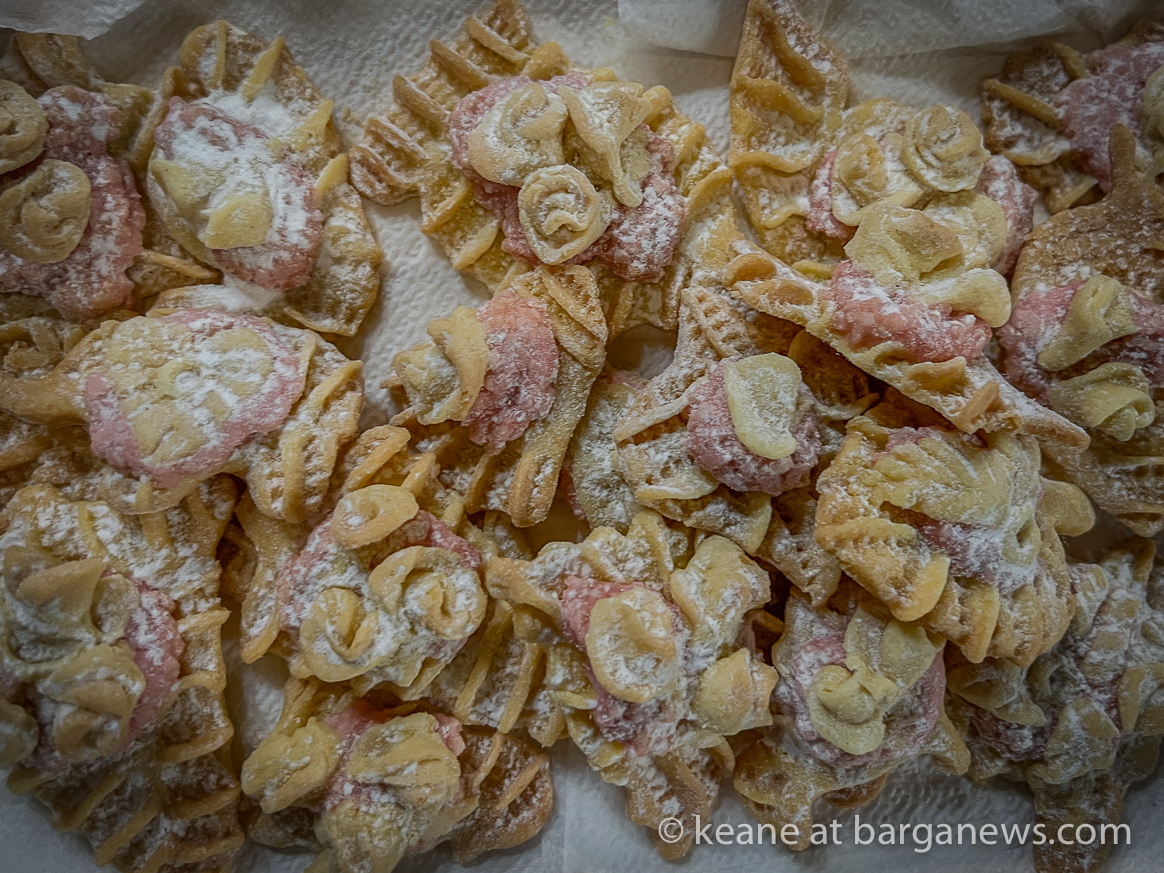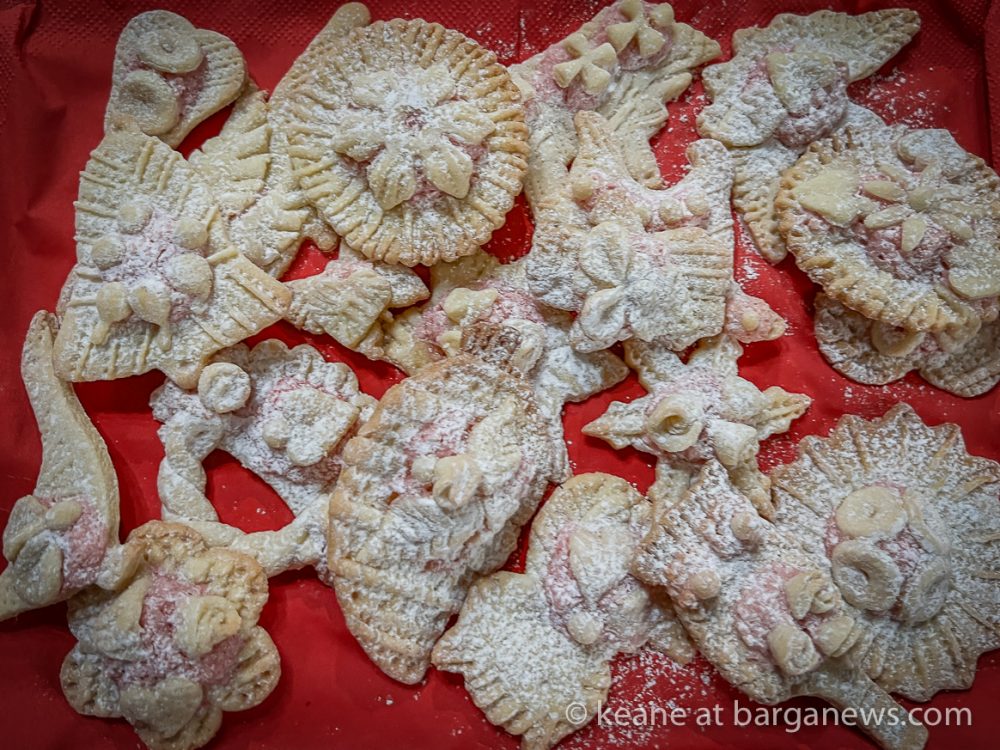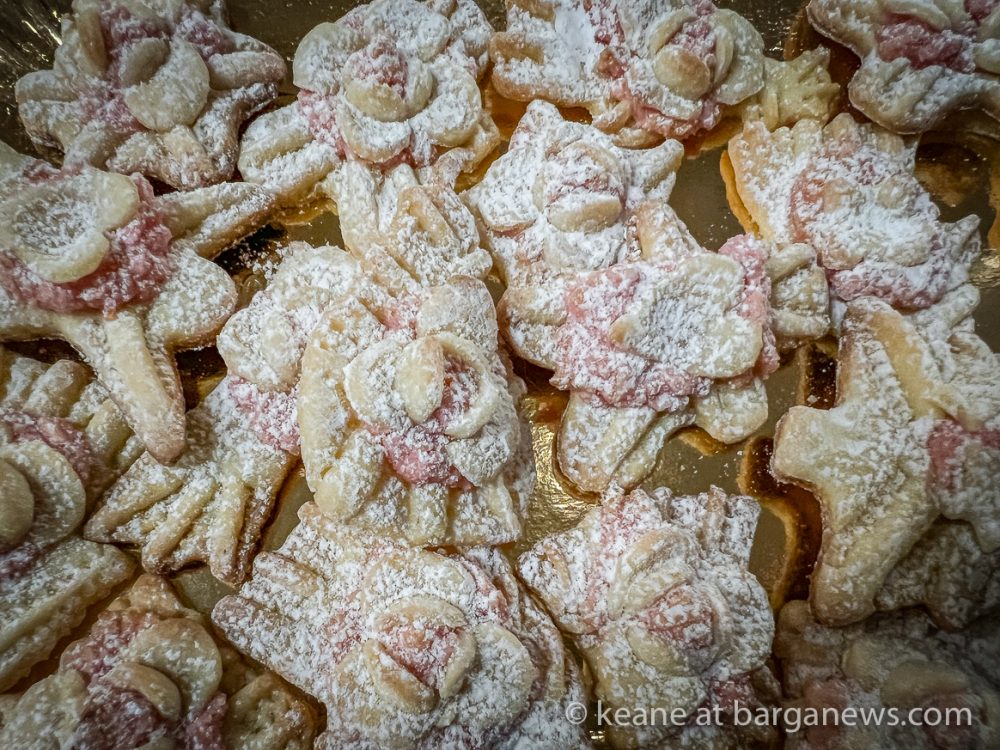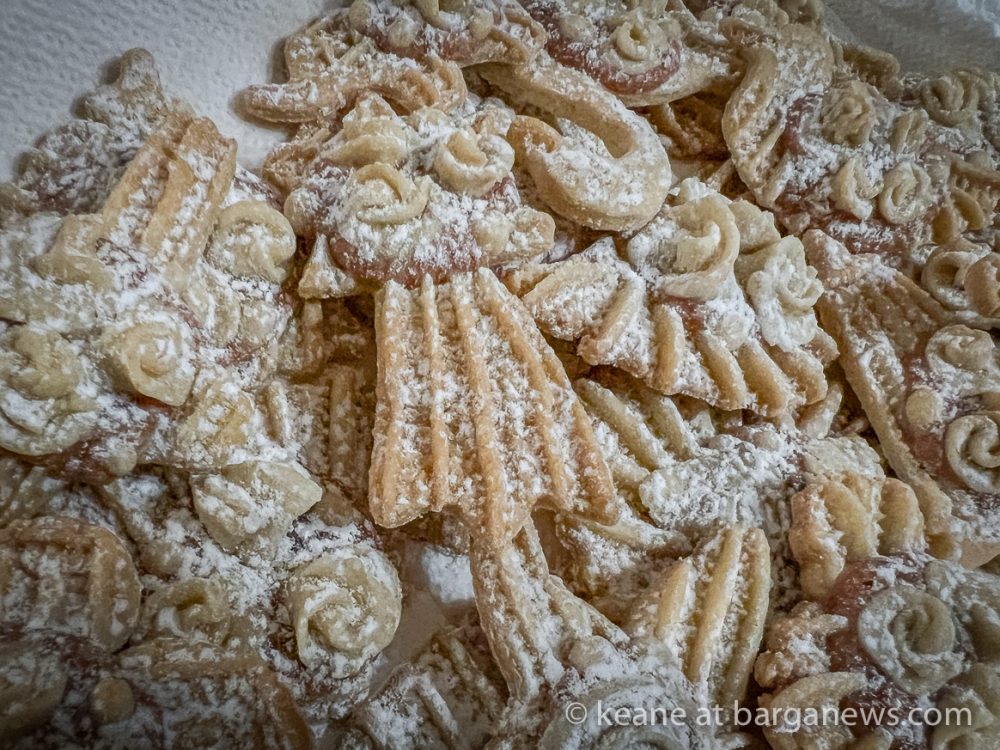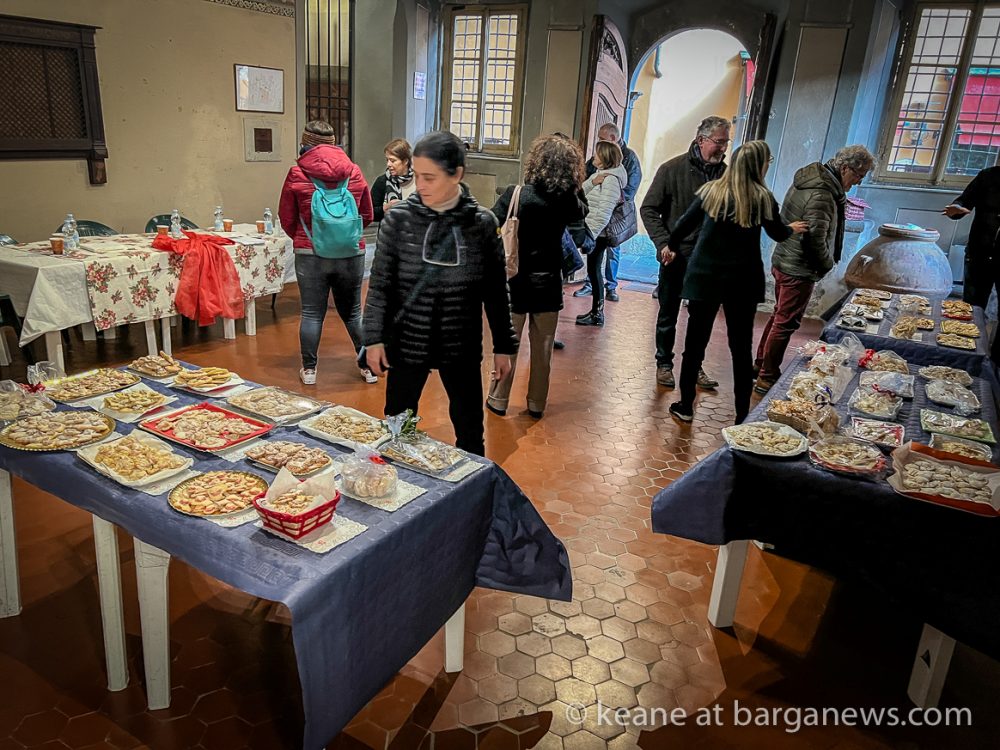A competition was held last night at the Palazzo Pancrazi in Barga Vecchia to see which was the best Befana biscuit and which brought in more than 40 examples to be judged by the well-known television chef Claudio Menconi, the pastry chef from Barga – Paolo Lucchesi, Roberta Carradini of the Befana association, Ivo Poli of the Città del Castagno association and the prof .sa Lara Rafanelli for the Istituto Alberghiero di Barga.
One of the traditions of this time of year is the preparation of a special type of dry biscuit called the “Befana”. The Befana is named after a folk figure who is said to ride a broom and dispense gifts from her jute sack to children who have been good throughout the year.
On the eve of the Epiphany, families in Barga gather together to prepare the Befana biscuit, which is not only visually appealing but also delicious to eat. The Befana is an integral part of the celebrations in the Valle del Serchio, where traditional songs, games, and festivities are all part of the festivities.
In Barga, the Epiphany is a time for families and communities to come together and celebrate the rich cultural traditions of the region (article videos and many images here )
The victory went to Mrs. Kira Filippetto from Castelvecchio Pascoli. In second place – Marisa Bellucci, again from Castelvecchio and in third place, Alice Simonini from Barga.
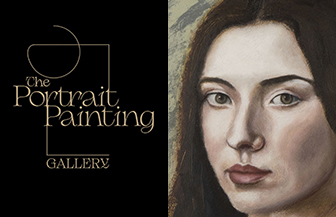 |
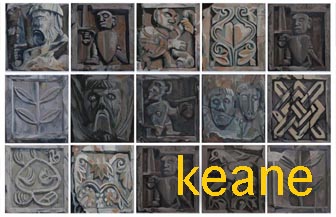 |
 |
 |
La Befana is a beloved figure in Italian folklore who is known for delivering treats to good children on the morning of the Epiphany, which is January 6. If a child has been naughty, they may wake up to a lump of coal instead. This tradition has been around in Italy since at least the 8th century and is part of the Epiphany celebrations, which mark the end of the Christmas season.
According to the story, La Befana met the three Wise Men during their journey to visit the baby Jesus and charitably hosted them for an evening in her cottage. The next morning, they invited her to join them, but she declined as she was busy cleaning her home. After they left, she changed her mind and set off alone with a basket full of gifts for the baby. Although she followed the same star, she was unable to find the manger before the Wise Men did on January 6.
Today, La Befana continues to visit homes on Epiphany Eve, searching for the child and leaving treats for good children and coal for the naughty ones.
The origins of the Befana, a traditional Italian folklore character linked to the Christmas season, go back to ancient pagan propitiatory rites that were inherited by the Romans. During the 12 nights following the Winter Solstice, mysterious female figures were believed to fly over the fields on broomsticks to propitiate future harvests.
From these figures, and with the influence of Germanic mythology and the Christian symbolism of the Magi who came to bring gifts to the infant Jesus, we come to the legend of the Befana as she is celebrated today: an old woman who, on the night between 5 and 6 January, visits children to fill the stockings left hanging on the fireplace with sweets or coal.



